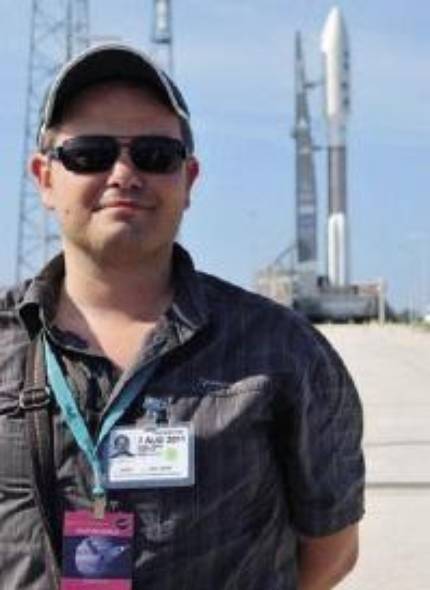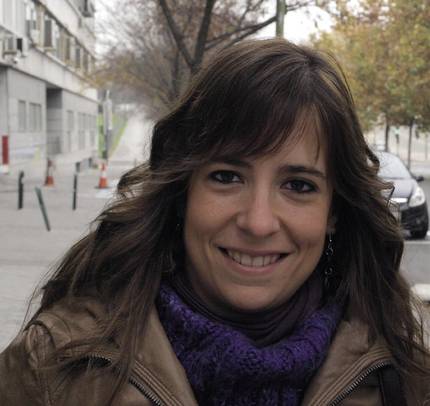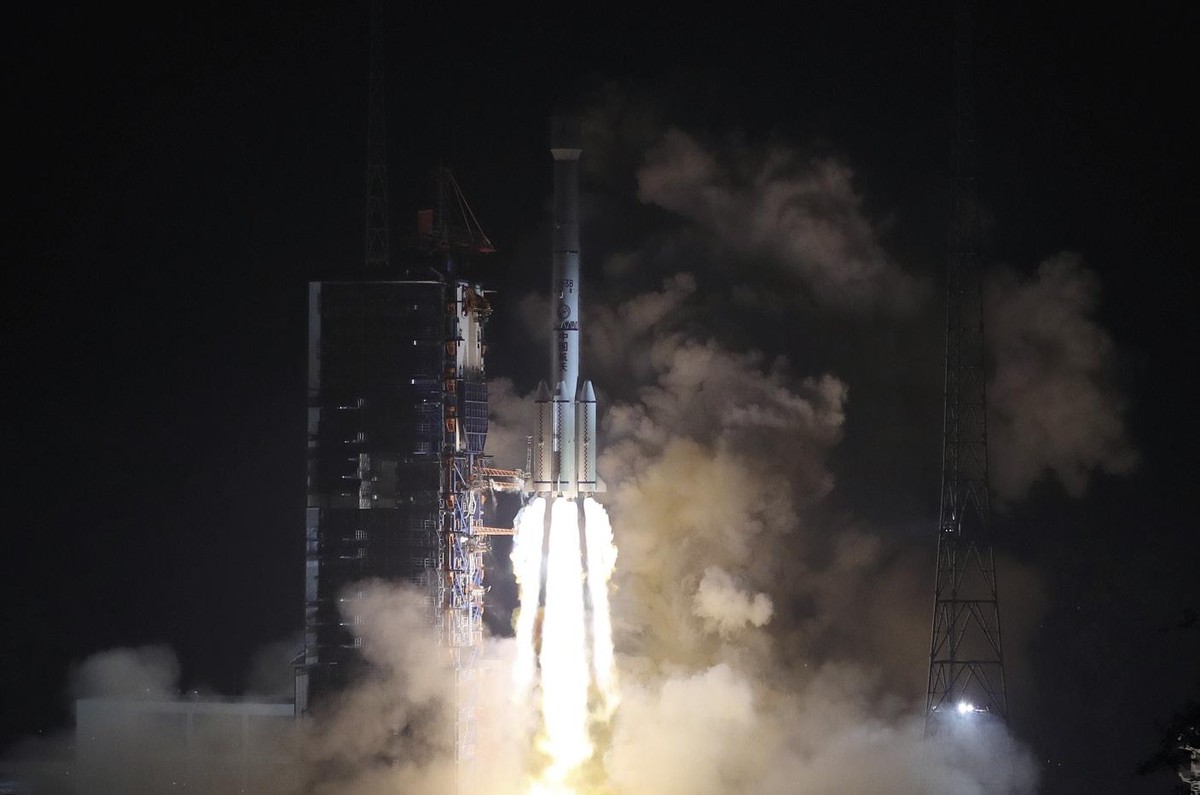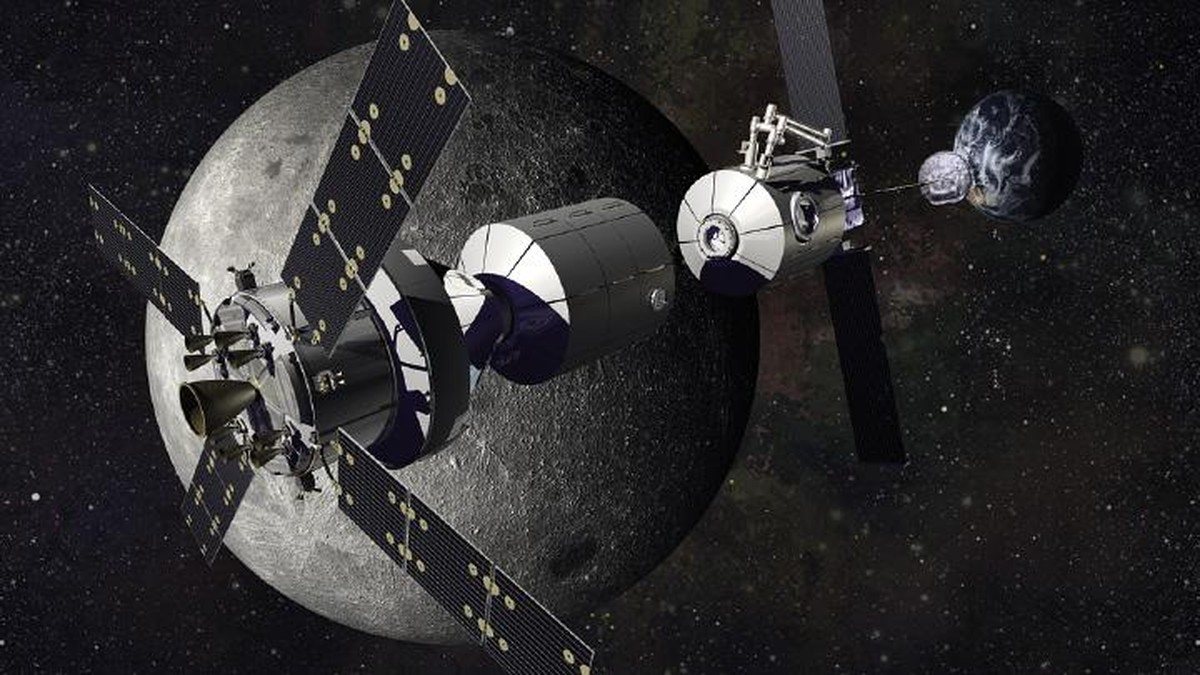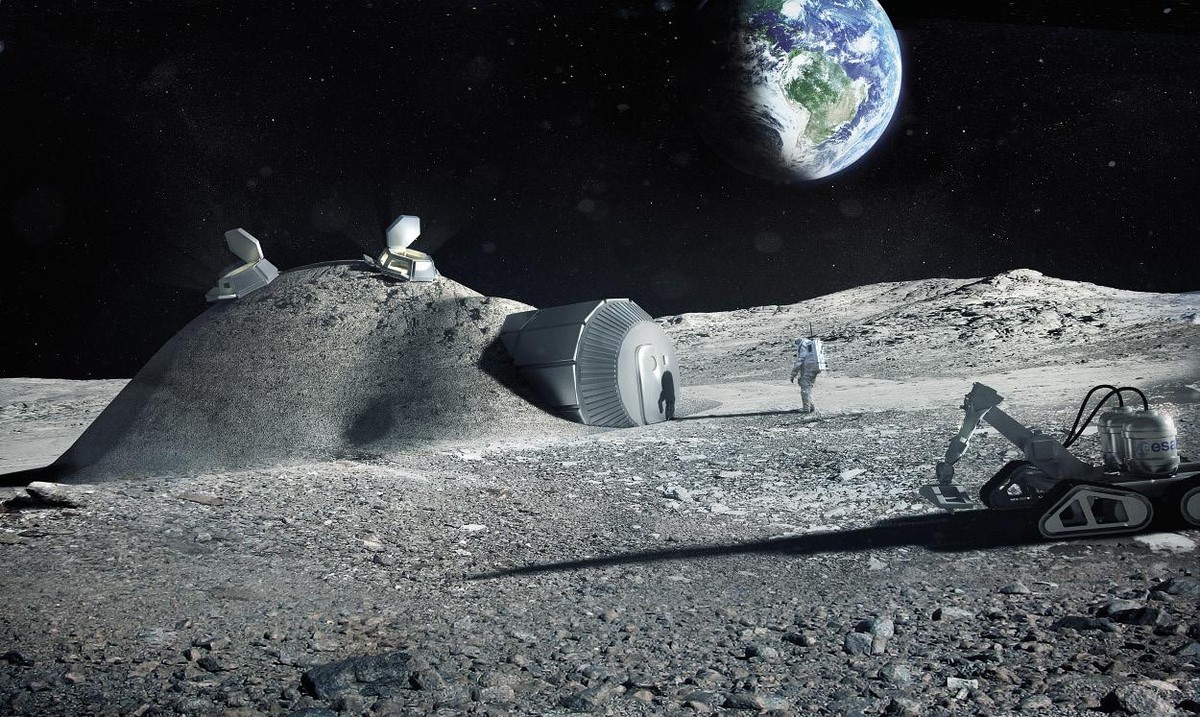The Moon: so close, so far
2018/03/01 Galarraga Aiestaran, Ana - Elhuyar Zientzia Iturria: Elhuyar aldizkaria
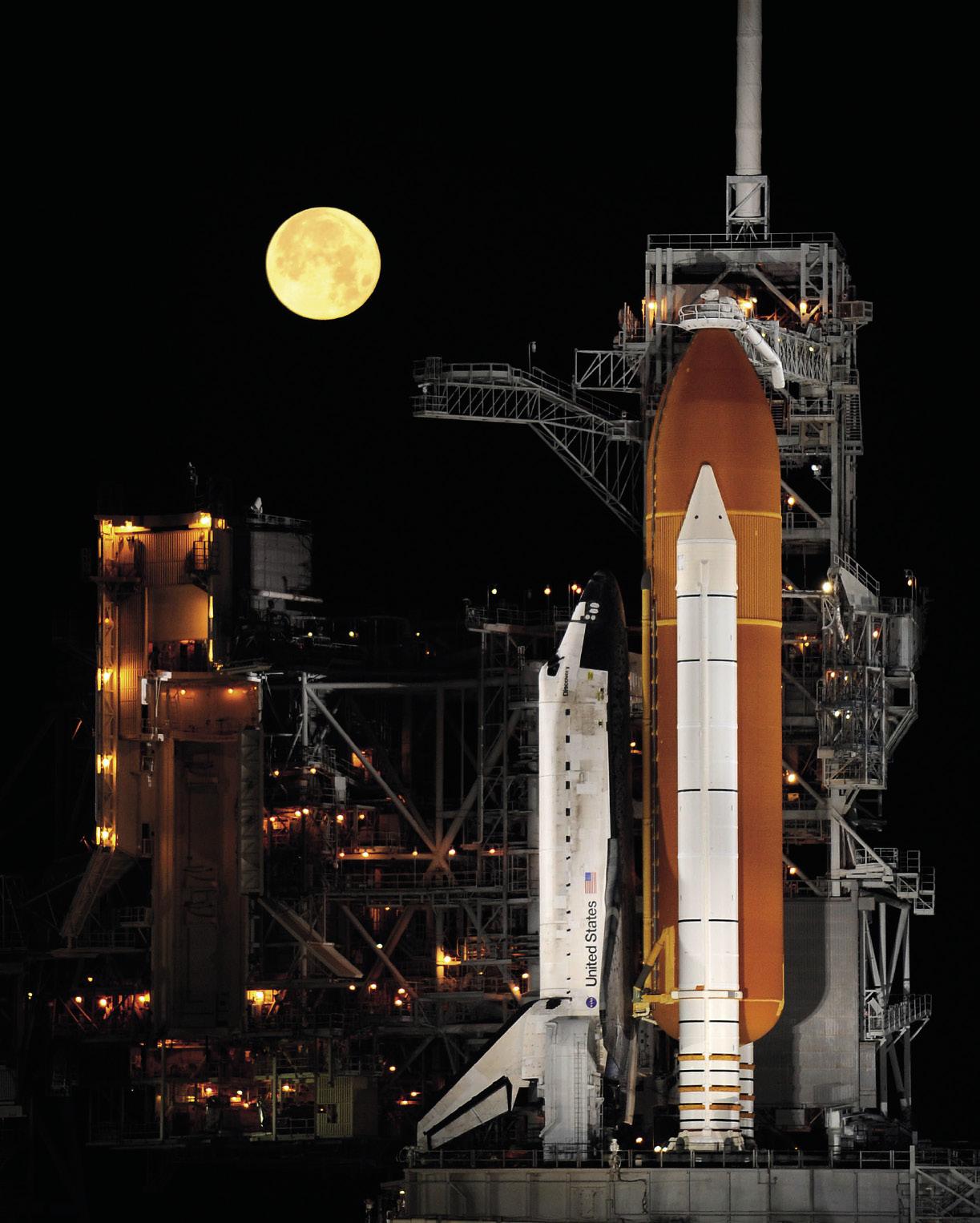
The first crushing was taken by those who had put hope in private plans. In fact, before the end of the first month of the year came the decision foreseen by the most prudent: Google suspended the Google Lunar X Prize contest.
The contest was created by Google in September 2007 with the aim of promoting space exploration. To do this, he offered 20 million dollars to the first one able to send a vehicle to the Moon, move around the surface and send images from it. And it allocated another 10 million to the second. However, after more than ten years of waiting (initial goal in 2012), he decided to suspend the competition, just as more than one group announced they were on track.
The astrophysicist of the Instituto de Astrofísica de Canarias, Daniel Marin Arcones, stated from the beginning that the prize was not enough to cover the investment needed for such a project. “Unfortunately, time has given me reason,” he said. Meanwhile, the Chinese space agency overtook rival teams and sent the Moon the Chang’e 3 probe and the Yutu vehicle.
And China remains one of the goals of the Moon. That's what Marin also thinks: “This year, the most important thing will be China’s Chang’e 4 mission. It’s the first time a boat gets on the hidden side of the Moon.”
He explained that before they planned to launch Chang’e 5. “The goal of this mission was to take samples and bring them to Earth on the Moon, but they have had problems with the rocket that was going to launch the ship, Long March 5, so they have had to overtake Chang’e 4. It is curious because the Chang’e was planned for before 4, but now the numbers remain in the right order.”
For its part, Chang’e 4 needs a simple rocket and the boat itself is equal to Chang’e 3. The latter is on the surface of the Moon and is still functioning. “The truth is that the plans of the Chinese space agency are slow, but they have a very solid program. It also has a notable scientific interest in other space agencies,” says Marín.
This is the question of Naiara Barrado, astronomer of the Izagirre Group of Planetary Sciences: “Why has the Moon set again? In fact, is it now more interesting than last year? No, this streak comes from politics, not science.”
Why the Moon?
Barrado is clear: “The passion for exploration is one of the hallmarks of our species, it will always seek to know new places.” But the fact that this place is the Moon is the result of statements by Donald Trump. That's what Barrado thinks: “Obama was aiming for Mars and now, Trump, someone knows why or why he goes to the Moon. That’s right, without putting any means for it.”
Marin agrees: “We are waiting for the decision of the Donald Trump administration. In short, NASA is the largest space agency and it is not yet clear what it will do. Everything will be conditioned by the Deep Space Gateway, that is, whether it starts up or not, NASA will take one path or another.”
Deep Space Gateway will be a base around the Moon. The project brings together the same members as the International Space Station (ISS), that is, the space agencies of the US, Europe, Russia, Japan and Canada, and is originally scheduled for 2020. It is based on an intermediate station near the Moon.
Marin recalled that, in theory, the ISS will end in 2024, “although it will almost certainly last until 2028.” In any case, NASA will need a substitute. “In addition, it needs justification to further develop the SLS rocket and the Orion boat.” Last year Deep Space Gateway took a big step forward as the Obama administration had completely stagnated and Trump has opened the opportunity for NASA to push it. So this year we may know what finally happens to Gateway.”
Meanwhile, this same year, India will send an orbiter, a vehicle and a module. The mission, called Chandrayaan-2, has a scientific objective. Thus, the vehicle will carry two spectrometers to analyze the composition of the elements of the Moon. The module consists of a seismograph, a thermometer and a plasma measuring tool (charged ion layer). Finally, the orbiter carries five instruments, one of which will analyze the water.
Science, reason or excuse
However, according to Naiara Barrado, from the point of view of planetary sciences, it is not easy to reason why the Moon should have priority. “It was formerly said that it would be interesting to have a telescope on the Moon. When placed on the hidden side of the Moon, it would have no interference with the Earth. But that will also be achieved with the James Webb telescope.”
The launch of the James Webb space observatory is scheduled for 2019. It replaces Hubble and Spitzer and is far from Earth, at point L2 of the Earth-Sun system. It will have a mirror of 6.5 meters in diameter that will allow you to obtain the resolution that the telescopes have not had until now in visible light and medium infrared. Thanks to this, astronomers will be able to obtain precious data to investigate the creation and evolution of galaxies, as well as the birth of stars and planets.
“In any case, sending man to the Moon could serve to test the technologies planned for Mars and train astronauts,” Barrado believes. But that's not the goal of NASA, which Gateway wants to do before. It seems to Marino that behind this decision there is power of the SLS rocket: “The SLS rocket is not strong enough to carry the burden of installing a station on the surface of the Moon. He should take it in several shifts, but there is no money for it. It’s easier to install a station near the Moon.”
But Marin also warns that this requires reasons: “They must guess what they can do from Gateway with unmanned missions. There are many proposals, such as sending samples on the hidden face, but China also wants to do so automatically. That’s the goal of Chang’e 6: go to the hidden face and bring samples from there, but that would be within a few years. They may use Gateway as an intermediate station to control samples and analyze them on the basis. But it doesn’t make too much sense, especially if the Chinese program advances the Gateway project.”
In any case, scientific reasons should be key. “For example, investigate the ice deposits of the South Pole. We know that there is ice, that there is, but it does not seem that there is what they previously thought, it will be fundamental to clarify it. It will be possible, for example, to place a permanent base on the Moon.”
A base on the Moon
An ancestral dream is to lay a permanent foundation on the Moon. This is what the XIX said. In the 19th century the Russian physicist Konstantin Tsiolkovski: “The earth is the cradle of humanity, but we cannot live in a cradle forever.” He referred to the colonization of the Moon.
The dream has not turned off and the ESA has a “fairly solid” project, according to Marin: “With the name of Moon Village, those who are now in charge of the ESA want to get ahead at all costs, but they have no money, resources or anything. However, it can serve to attract NASA.”
That would not be done in the short term. “Fast, with a lot of money and a lot of luck, it would be by 2030, and there the ice in the South Pole will have great influence. In fact, oxygen and hydrogen can be extracted from the ice, with which they would also have fuel. But you have to know how much there is, and what its purity is, because it seems mixed with the regolith and can be difficult to extract.”
In this sense, there are many studies being carried out to see how the raw materials of the Moon can be extracted and used. For example, it has long been researching how to extract oxygen from the regolith, but for this it would be necessary energy and it would not be easy.
However, Barrado does not believe that they are insurmountable obstacles. “That’s a matter of time. If there is money, it can be done.” For example, remember that there are research for the exploitation of the helium-3 of the Moon: “Helium-3 is very interesting for energy through nuclear fusion. Although it is very scarce on Earth, it is more abundant on the Moon and is investigating how to exploit it as a source of energy.”
In any case, Mars is a destination more attractive than the Moon, both for NASA and other agencies. Barrado and Marín also agree on it.
According to Marin, “it is logical that money is destined to the missions of Mars more than those of the Moon. It is true that the Moon is sold as an intermediate station, as proposed by NASA: first Gateway, then some mission on the surface of the Moon, from the mid-30s, or by 2040 Mars.”
But this plan has some problems. To begin with, and in that they also agree Barrado and Marin, you do not have to go through the Moon to go to Mars. But the Moon always arouses fascination, and this is well known by private project developers. Proof of this is the statement made last year by Space X, which announced that this year both tourists would approach the Moon. To do this, he specified that he would use the Falcon Heavy rocket and the Dragon boat.
Despite the expectation of the launch of Falcon Heavy, Marin believes the rocket and boat are safe: “They can do it, but I don’t think it’s going to be this year, security criteria and permits are missing.” It does not deny that it would give him much prestige. “People in general don’t know the difference between placing a person on the surface of the Moon and turning around it,” Marín explains. This may therefore be the last reason that will push missions to the Moon: fame. Almost like 50 years ago.

Gai honi buruzko eduki gehiago
Elhuyarrek garatutako teknologia




